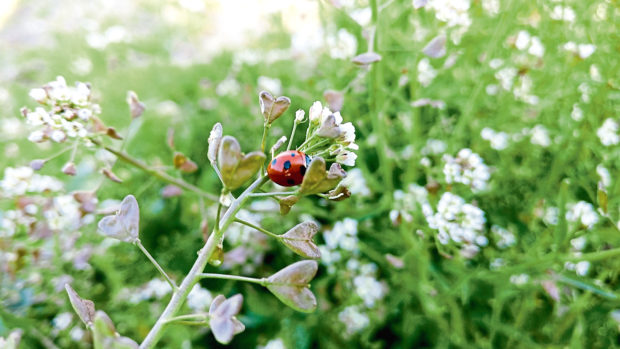The success of conservation field margins is dependent on what is growing next to the field, according to a new study.
Research carried out by Rothamsted Research found margins sited directly adjacent to grassland or grass margins end up with a predominance of the wrong type of weeds that could smother other beneficial arable plants, rather than enhance biodiversity.
Authors of the study, published today in the Journal of Applied Ecology, say their results show conservation measures need very careful placement if they are to be successful.
“The location of these wildlife refuges is key in determining how successful they are in supporting important plant species, which provide food for farmland birds and habitats for pest-eating insects,” said Dr Helen Metcalfe, who led the study.
“By creating unsprayed strips of land away from sources of problematic weeds, we not only provide a refuge for the beneficial plants we want to protect, but we also reduce the risk of the wrong type of weeds invading the field and becoming a problem for crop production.”
She said the study also found herbicides were currently providing effective control of weeds coming into the field from outside, but if left unchecked they could be problematic.
The study, which involved analysing data from almost 300 fields across the UK, looked at the impact of the immediate landscape on the weeds in and around arable fields.
The researchers found 181 species of plants ranging from typical arable weeds to perennial species typical of grasslands.
Fields adjacent to grasslands had the greatest number of problematic weed species at their edges.
